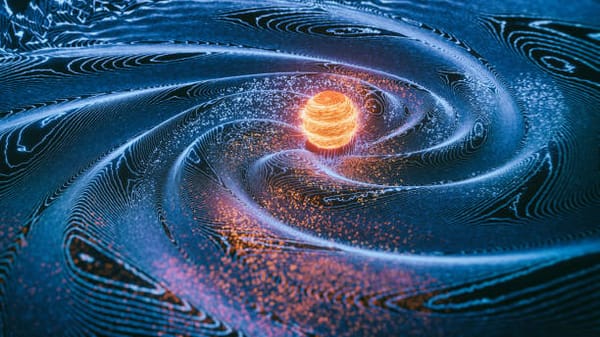A Journey to the International Space Station (ISS)
Explore one of humanity's most remarkable feats of engineering and scientific collaboration—the International Space Station (ISS).
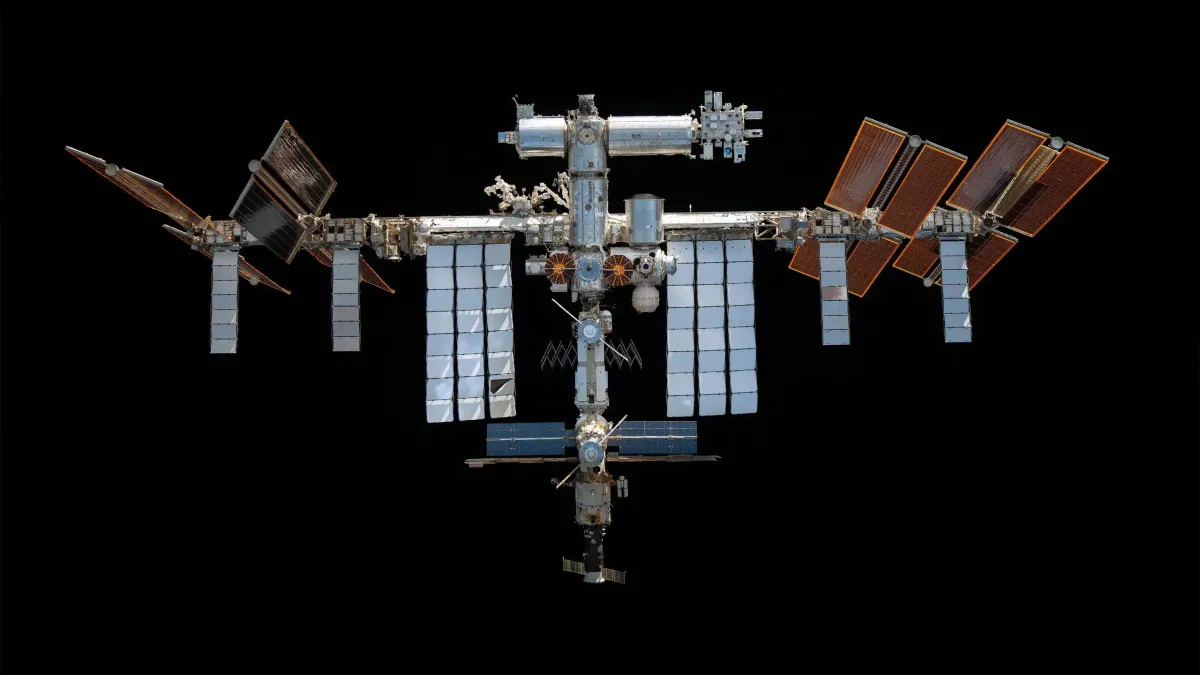
Welcome to WeAndOur.com! Today, we embark on an incredible adventure to explore one of humanity's most remarkable feats of engineering and scientific collaboration—the International Space Station (ISS). Sit back, fasten your seatbelts, and get ready to learn about this marvel that orbits our planet, pushing the boundaries of human achievement.
Introduction
The International Space Station (ISS) is a marvel of human engineering and a symbol of international cooperation. It is a habitable artificial satellite that orbits the Earth, and it has been continuously occupied by humans since November 2000. The ISS is a joint project between five space agencies: NASA (United States), Roscosmos (Russia), JAXA (Japan), ESA (Europe), and CSA (Canada).
The first ISS component was launched in 1998, and the first long-term residents arrived on 2 November 2000 after being launched from the Baikonur Cosmodrome on 31 October 2000. The station has since been continuously occupied for 22 years and 231 days. Astronauts working and living on the Station experience 16 sunrises and sunsets each day.The ISS typically has a crew of six astronauts and cosmonauts. The ISS is used for a wide variety of scientific research, including studies on the effects of long-term spaceflight on the human body, the behavior of fluids and materials in microgravity, and the Earth's environment
speed
The ISS orbits the Earth at an altitude of approximately 250 miles (400 kilometers) and travels at a speed of approximately 17,500 miles per hour (28,000 kilometers per hour)
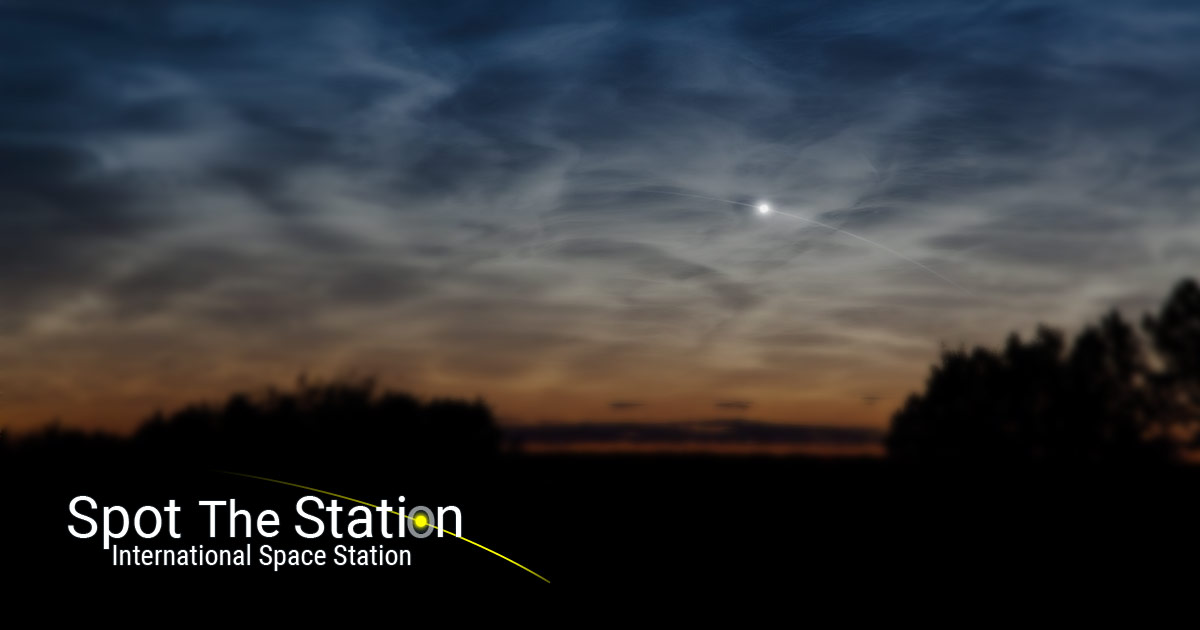
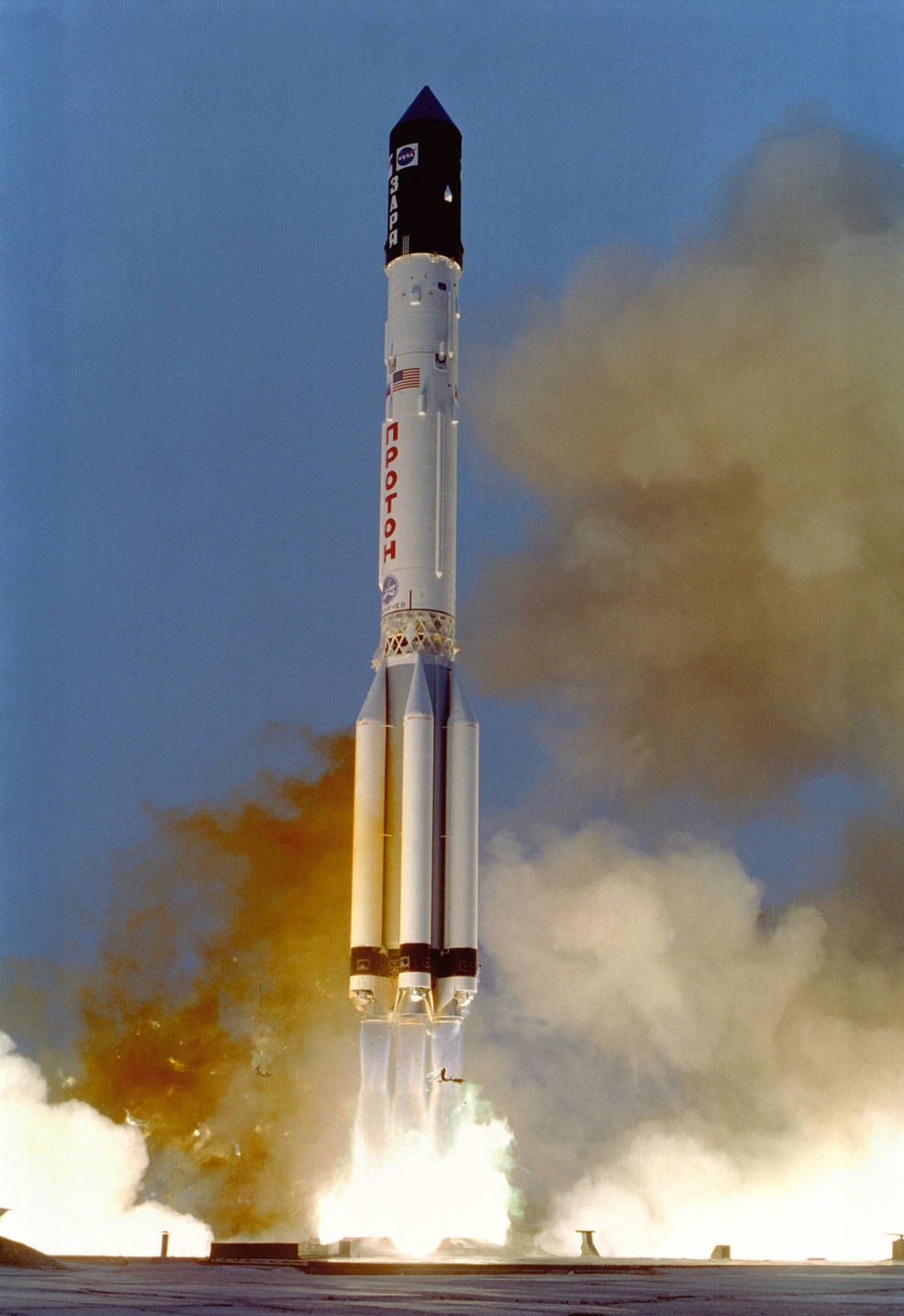
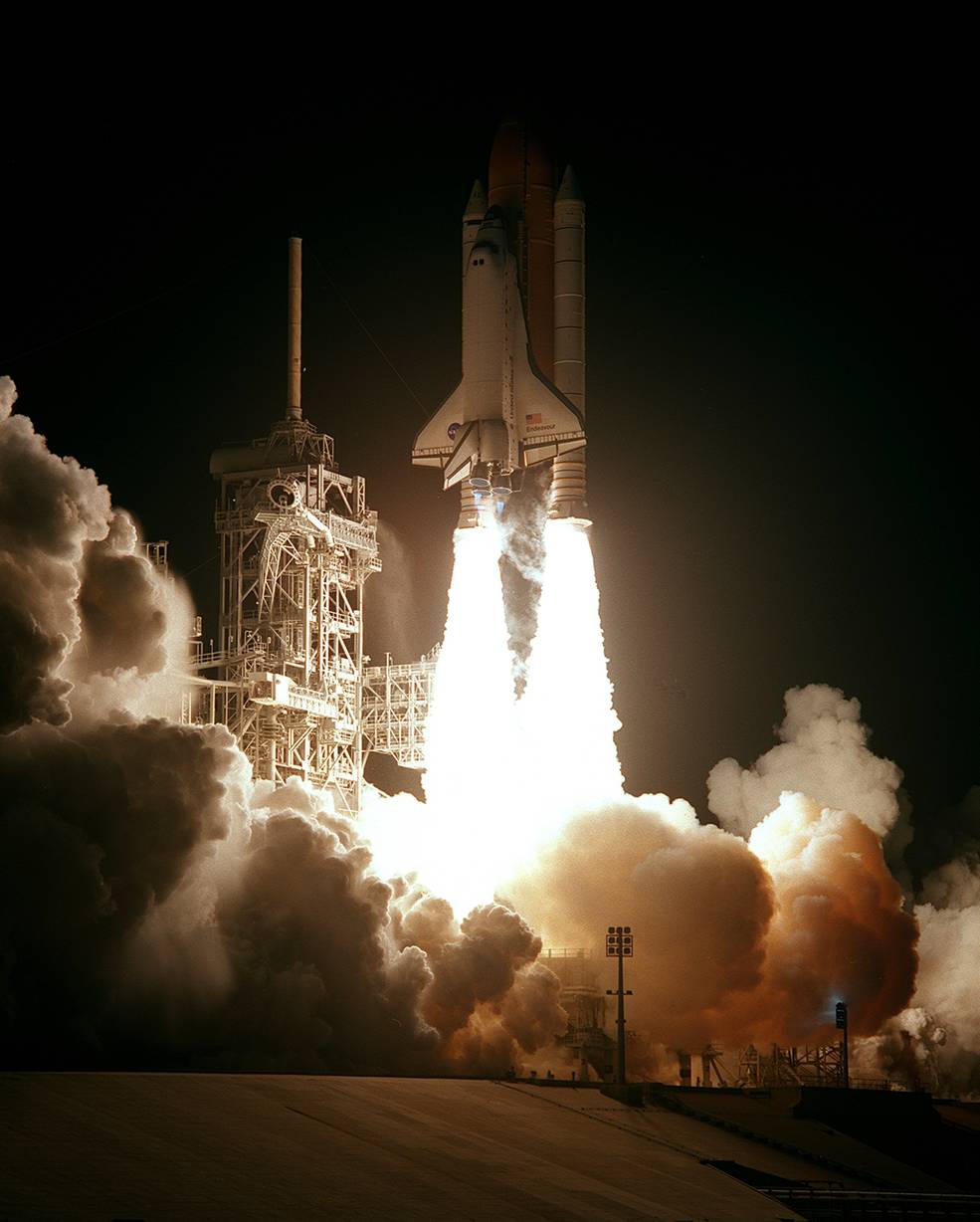
The Birth of the ISS
The idea of a space station was once science fiction, existing only in the imagination until it became clear in the 1940s. The project, which began as an American effort, was long delayed by funding and technical problems. Originally called Freedom in the 1980s by U.S. Pres. Ronald Reagan, who authorized the National Aeronautics and Space Administration (NASA) to build it within 10 years, it was redesigned in the 1990s to reduce costs and expand international involvement, at which time it was renamed. The first rudimentary station was created in 1969 by the linking of two Russian Soyuz vehicles in space, followed by other stations and developments in space technology until construction began on the ISS in 1998, aided by the first reusable spacecraft ever developed: the American shuttles.Here is a brief history of the ISS:
- 1969: The first rudimentary station was created by the linking of two Russian Soyuz vehicles in space, followed by other stations and developments in space technology until construction began on the ISS in 1998, aided by the first reusable spacecraft ever developed: the American shuttles
- 1993: The United States and Russia agreed to merge their separate space station plans into a single facility, integrating their respective modules and incorporating contributions from the European Space Agency (ESA) and Japan
- November 20, 1998: The first module, the Russia Zarya, launched on a Proton rocket
- December 1998: Space shuttle Endeavour met Zarya in orbit and attached the U.S.-built Unity node, thus creating the first piece of the ISS.
- Mid-2000: The Russian-built module Zvezda, a habitat and control center, was added, and on November 2 of that year, the ISS received its first resident crew, comprising Russian cosmonauts Sergey Krikalev and Yuri Gidzenko and American astronaut William Shepherd, who flew up in a Soyuz spacecraft.
- 2011: The main construction of the ISS was completed
International Partners and Participants
International Partners and Participants ( click here )
- United States - NASA
- Russia - Roscosmos
- Canada - CSA
- Japan - JAXA
- Europe - ESA country members include:
- -----Belgium
- -----Denmark - DNSC
- -----France - CNES
- ----------French version
- ----------English version
- -----Germany - DLR
- ----------German version
- ----------English version
- -----Italy - ASI
- ----------Italian version
- ----------English version
- -----Netherlands
- -----Norway - NSC
- -----Spain - INTA
- -----Sweden - SNSB
- ----------Swedish version
- ----------English version
- -----Switzerland
- -----United Kingdom


Scientific Discoveries
The International Space Station (ISS) has been the site of numerous scientific discoveries and breakthroughs over the past two decades12. The research conducted on the ISS is cross-disciplinary, including fields such as microbiology, space science, fundamental physics, human biology, astronomy, meteorology, and Earth observation3. Here are some of the major scientific discoveries achieved during 20 years of human presence on the ISS
- Fundamental disease research: Alzheimer’s Disease. Parkinson’s Disease. Cancer. Asthma. Heart Disease. If any of these conditions has affected your life, so has space station research.
- Discovery of steadily burning cool flames: When scientists burned fuel droplets in the Flame Extinguishing Experiment (FLEX) study, something unexpected occurred. A heptane fuel droplet appeared to extinguish but actually continued to burn without a visible flame. The fire went out twice — once with and once without a visible flame.
- New water purification systems: Advanced filtration and purification systems through technology that was developed for the space station, enabling the astronauts living aboard to recycle 93% of their water.
- Drug development using protein crystals: Protein crystal growth experiments conducted aboard the space station have provided insights into numerous disease treatments, from cancer to gum disease to Duchenne Muscular Dystrophy.
- Responding to natural disasters: Astronauts snap images of disasters such as storms and fires throughout their progression, documenting cloud cover, flooding, and changes to the land. The Lightning Imaging Sensor mounted on the ISS also detects the distribution and variability of lightning in order to improve severe weather forecasting.
- Growing food in microgravity: On August 10, 2015, astronauts sampled their first space-grown salad, and astronauts now are growing radishes in space.
- Monitoring earth from a unique perspective: The capacity to host varying complements of instruments, both internal and external, has evolved the station into a robust platform for researchers studying Earth’s water, air, land masses, vegetation, and more while providing them additional views beyond those of NASA’s typical Earth remote-sensing satellites.
- Collecting data on more than 100 billion cosmic particles: The Alpha Magnetic Spectrometer – 02 has provided researchers around the globe with data that can help determine what the universe is made of and how it began.
International Collaboration for Future Missions
There are several upcoming research projects planned for the International Space Station (ISS). Some of these research projects include:
- Space-based manufacturing and production activities in microgravity: The ISS National Lab is soliciting proposals for applied research and development seeking to demonstrate space-based manufacturing and production activities in microgravity.
- In-space production of advanced materials: The ISS National Lab has announced a research opportunity for the in-space production of advanced materials.
- Cellular aging and radiation shielding: The ISS National Lab has sponsored research projects to better understand microgravity's effects on cellular aging and to develop new ways to shield astronauts from radiation.
- Fluids and combustion research: NASA's Physical Sciences Research Program at the ISS is conducting research to study the behavior of fluids and combustion in microgravity.
Living in the International Space Station (ISS)
Personal Hygiene
They use rinseless shampoo and soap and spit toothpaste into a washcloth for personal hygiene. There are special toilets with leg restraints, so astronauts can’t float away when they’re relieving themselves.
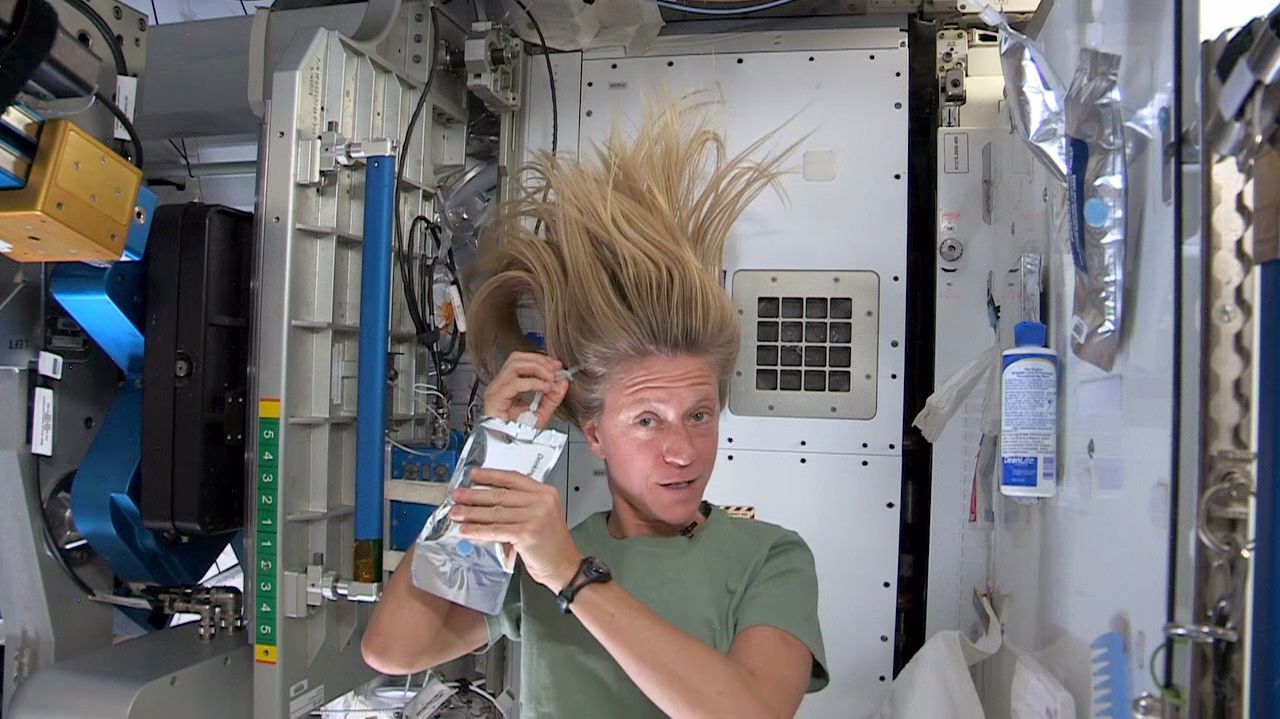
Meals
Astronauts eat three meals a day and other snacks at various times of the day. Meals are organized in the order in which astronauts are going to consume them and stored in locker trays held by a net to prevent them from floating away. When it is time to eat, astronauts go into the galley area, situated in a space module, and strap trays to their laps or a table. Seasoning like salt and pepper are available to use, but they are in liquid form. There is also no refrigeration on the ISS, so the food on the station is packaged and preserved
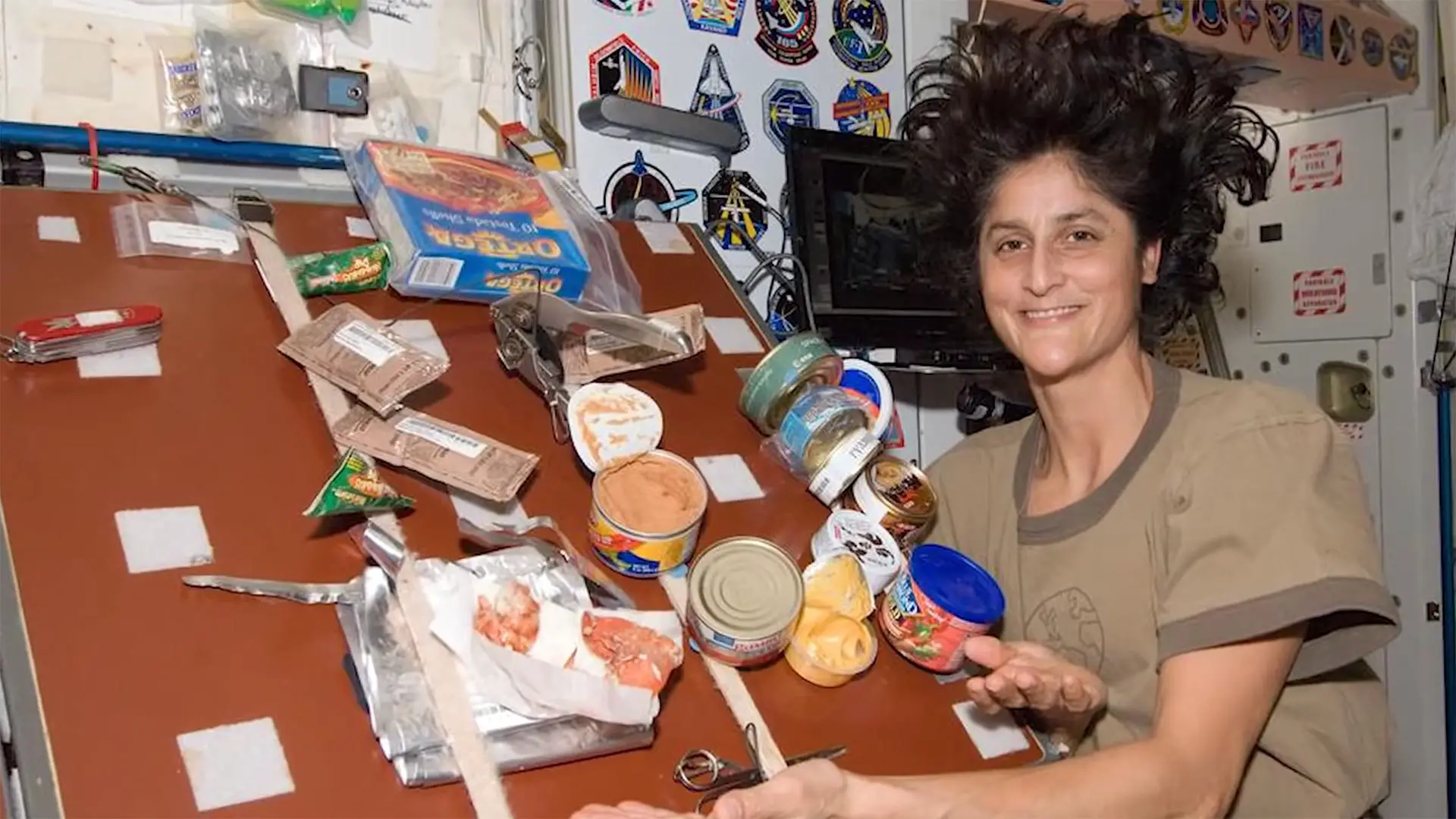
Sleep
The crew is awakened by an alarm prompting them to leave their sleeping bags and start their day. The location of their sleeping quarters is crucial, with a spot near a ventilation fan being ideal. Although this may result in a drafty sleep, warm air does not rise in space, so those in poorly ventilated areas may be surrounded by their own exhaled carbon dioxide.
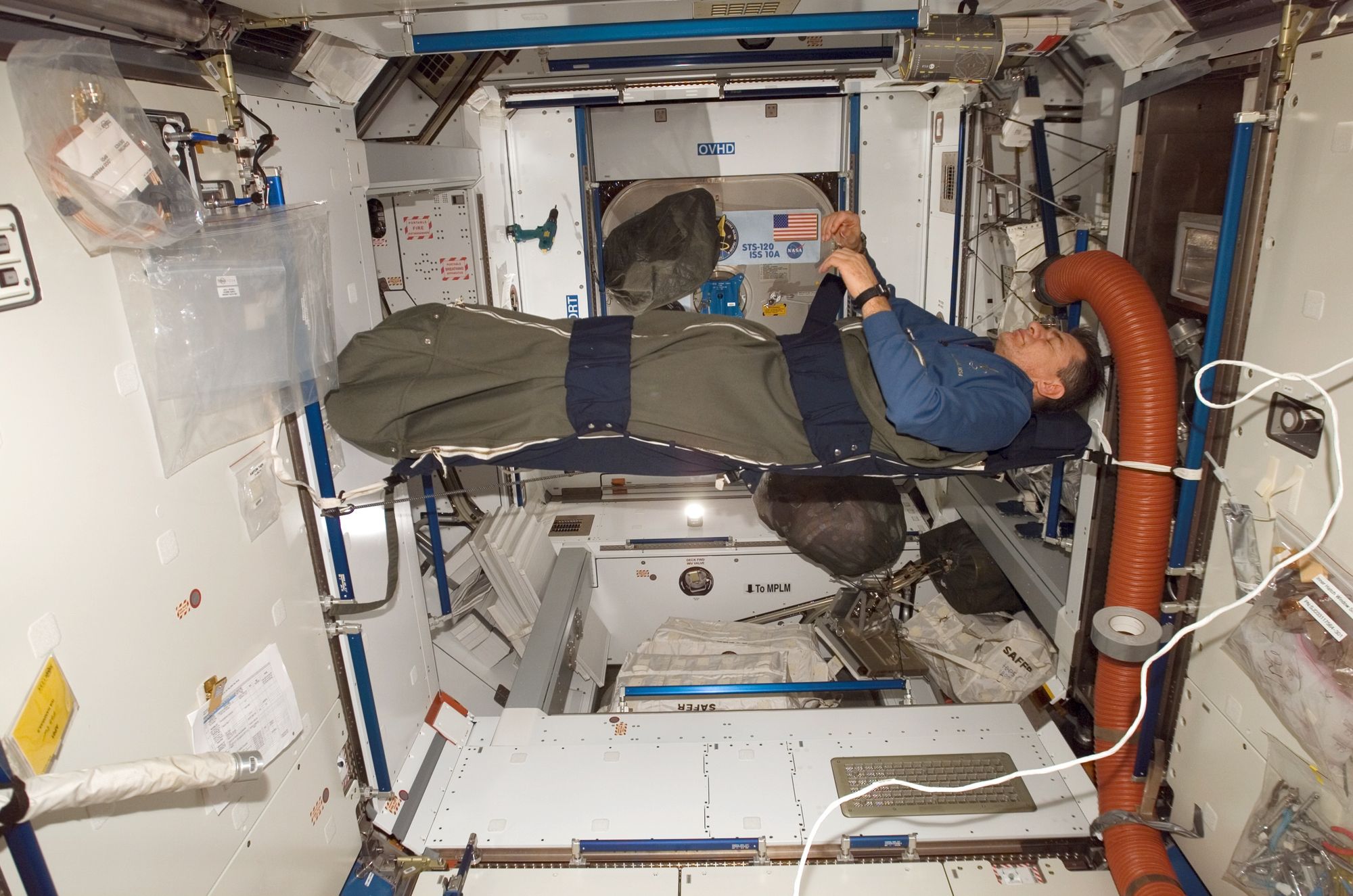
Exercise
Astronauts exercise for about two hours a day to prevent muscle and bone loss in microgravity. They use equipment such as treadmills, stationary bikes, and resistance machines. The ISS is equipped with three machines designed to give astronauts that full-body workout: a bicycle, a treadmill, and a weightlifting machine.
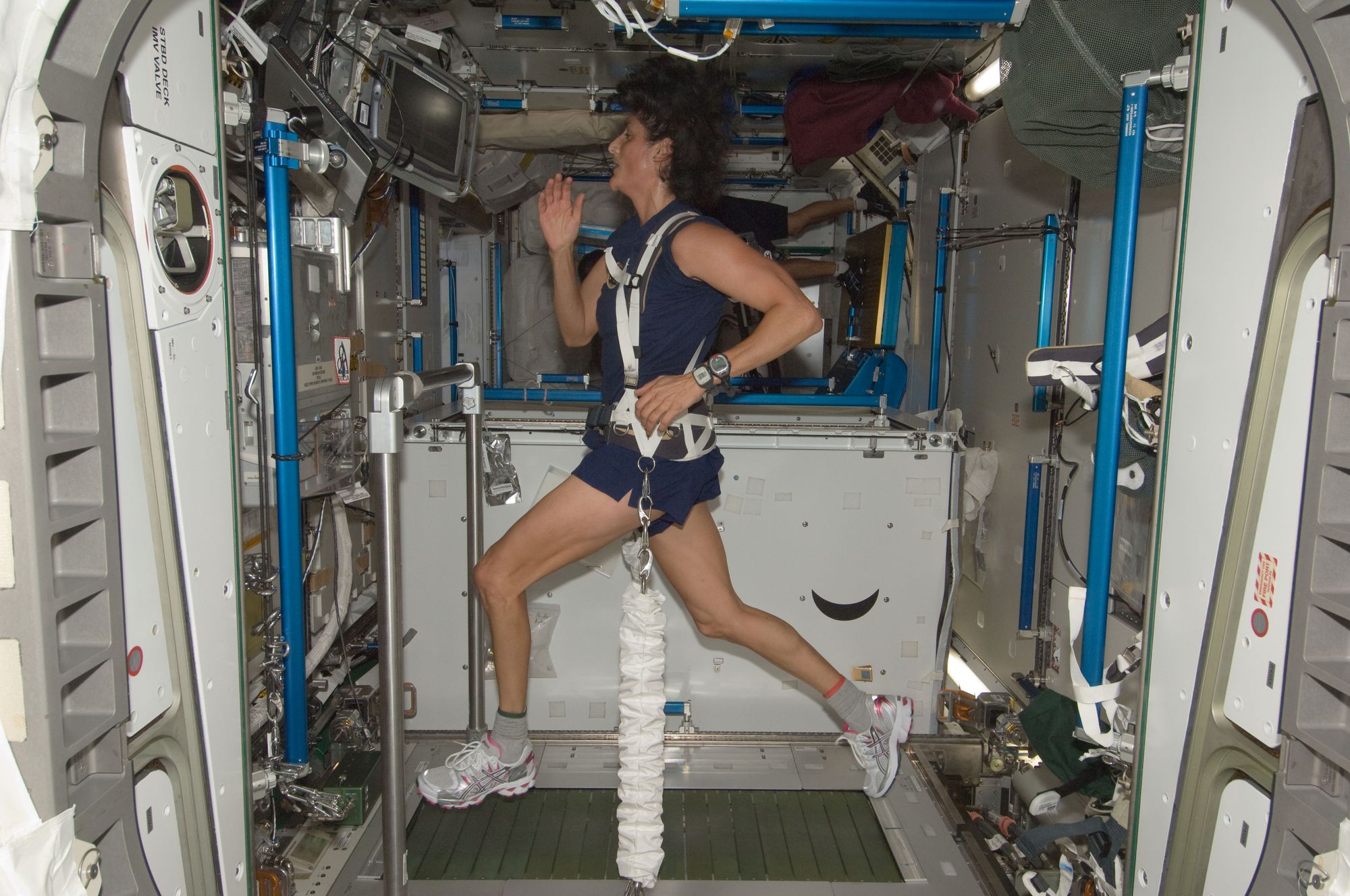
FAQs on International Space Station
Who operates the International Space Station?
The ISS is not owned by one single nation and is a "co-operative programme" between Europe, the United States, Russia, Canada, and Japan.
What areas of Earth does the International Space Station fly over?
The ISS orbits the Earth every 90 minutes, passing over most of the planet's inhabited areas.
How do astronauts go to the bathroom in space?
Astronauts use a specially designed toilet that uses air flow to pull waste away from the body and into a holding tank.
How long do astronauts stay on the International Space Station?
Astronauts typically stay on the ISS for six months at a time.
How is the International Space Station supplied with food and water?
Food and water are delivered to the ISS by cargo spacecraft, such as the SpaceX Dragon and the Russian Progress.
How much does it cost to operate the International Space Station?
The ISS costs about $3 billion per year for NASA to operate, roughly a third of the human spaceflight budget.
Conclusion
As we conclude our journey to the International Space Station, we hope you've gained a deeper appreciation for the incredible achievements and scientific advancements made possible by this unique collaboration. The ISS stands as a symbol of human ingenuity, international cooperation, and our unyielding desire to uncover the secrets of the cosmos. Let us continue to reach for the stars and inspire future generations to embrace the wonders of space exploration.




